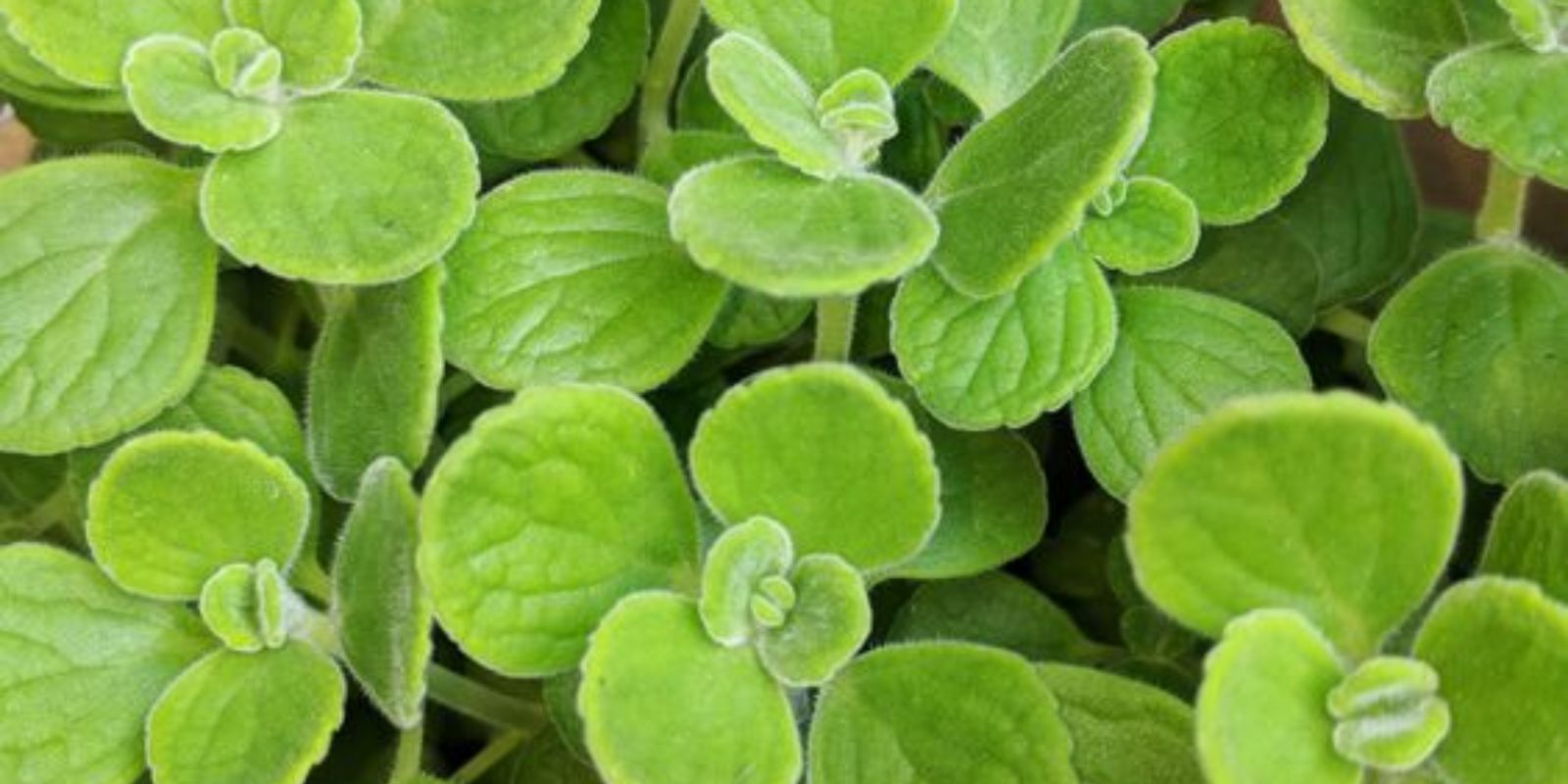Gardening often involves nurturing well-known plants and vegetables, but many gardeners unknowingly overlook a common plant that frequently sprouts in their gardens. This plant, often dismissed as a mere weed, can actually be a valuable addition to your garden and your lifestyle. This article explores the potential of this overlooked plant, how to identify it, and how to make the most of its benefits.
Introduction
In the vast world of gardening, certain plants are so ubiquitous that they often go unnoticed or are discarded without a second thought. Yet, these common plants can offer surprising benefits, from enhancing soil health to providing nutritional and medicinal advantages. Among the most frequently overlooked is Common Chickweed (Stellaria media), a plant that grows abundantly and is often considered a nuisance. By understanding its value and learning how to utilize it, gardeners can make the most of this humble, yet beneficial, plant.
Identifying the Plant
1. Common Chickweed:
- Appearance: Common Chickweed is a low-growing, spreading plant with small, star-shaped white flowers and pointed green leaves. It has a characteristic line of hairs on its stems.
- Growth Habit: It tends to grow in cool, moist environments and spreads quickly, forming dense mats. You can find it in garden beds, lawns, and even cracks in pavements.
2. Alternative Overlooked Plants:
- Dandelion (Taraxacum officinale): Recognizable by its yellow flowers and jagged leaves, dandelion is another often-discarded plant with numerous benefits.
- Purslane (Portulaca oleracea): A succulent plant with reddish stems and fleshy leaves, purslane is edible and nutrient-rich.
Benefits of Common Chickweed
1. Nutritional Value:
- Edibility: Common Chickweed is edible and can be used in salads, soups, or as a garnish. It has a mild flavor and crunchy texture.
- Nutrients: It is rich in vitamins A, C, and B-complex, as well as minerals like calcium, iron, and magnesium. This makes it a nutritious addition to your diet.
2. Medicinal Uses:
- Traditional Remedies: Chickweed has been used in traditional medicine for its soothing properties. It is known to help with skin conditions like eczema and dermatitis when applied topically.
- Digestive Health: It is believed to have mild diuretic properties, aiding in digestion and urinary health.
3. Garden Benefits:
- Soil Health: Chickweed can improve soil health by acting as a green manure. It adds organic matter to the soil as it decomposes, enriching the soil with nutrients.
- Pest Control: Chickweed can attract beneficial insects and provide ground cover that suppresses other weeds. This can help maintain a balanced ecosystem in your garden.
Harvesting and Using Common Chickweed
1. Harvesting:
- Timing: Harvest chickweed when it is young and tender for the best taste and nutritional value. Older plants may become tough and less palatable.
- Method: Use scissors or garden shears to cut the tops of the plants, leaving the roots to continue growing. This allows for multiple harvests.
2. Culinary Uses:
- Salads: Add fresh chickweed leaves to salads for a crunchy texture and mild flavor.
- Soups and Stews: Incorporate chickweed into soups and stews for added nutrition.
- Smoothies: Blend chickweed into smoothies for a nutrient boost.
3. Medicinal Uses:
- Topical Applications: Prepare a poultice from crushed chickweed leaves to apply to irritated skin. The plant’s soothing properties can provide relief.
- Herbal Teas: Brew chickweed leaves into an herbal tea that may support digestive health.
Using Other Overlooked Plants
1. Dandelion:
- Nutritional Benefits: All parts of the dandelion plant are edible, including the leaves, roots, and flowers. They are high in vitamins and minerals.
- Culinary Uses: Use dandelion greens in salads, make dandelion tea from the leaves, or roast the roots as a coffee substitute.
2. Purslane:
- Nutritional Benefits: Purslane is rich in omega-3 fatty acids, antioxidants, and vitamins. It’s considered one of the most nutrient-dense leafy greens.
- Culinary Uses: Add purslane to salads, stir-fries, or as a topping for various dishes.
Practical Tips for Incorporating Overlooked Plants
1. Educate Yourself:
- Research: Take the time to research the plants that commonly appear in your garden. Understanding their benefits and uses can help you make the most of them.
- Consult Experts: If you’re unsure about a plant, consult local gardening experts or herbalists for advice.
2. Start Small:
- Trial Use: Begin by incorporating small amounts of the plant into your diet or garden practices to gauge its effects and benefits.
- Observation: Monitor how the plant impacts your garden and your health, adjusting usage as needed.
3. Sustainable Practices:
- Organic Methods: Avoid using chemical pesticides or herbicides, which can negate the benefits of these plants and harm the environment.
- Companion Planting: Use these plants in companion planting to enhance garden health and productivity.
Conclusion
The common plants that frequently sprout in your garden, such as Common Chickweed, often go unnoticed or are discarded without consideration. However, these plants can offer significant benefits, from nutritional and medicinal uses to enhancing soil health and pest control. By recognizing their value and learning how to incorporate them into your gardening and culinary practices, you can transform what is often seen as a nuisance into a valuable asset.
Embrace the potential of overlooked plants—explore their benefits and make them a thriving part of your gardening and lifestyle routine!

